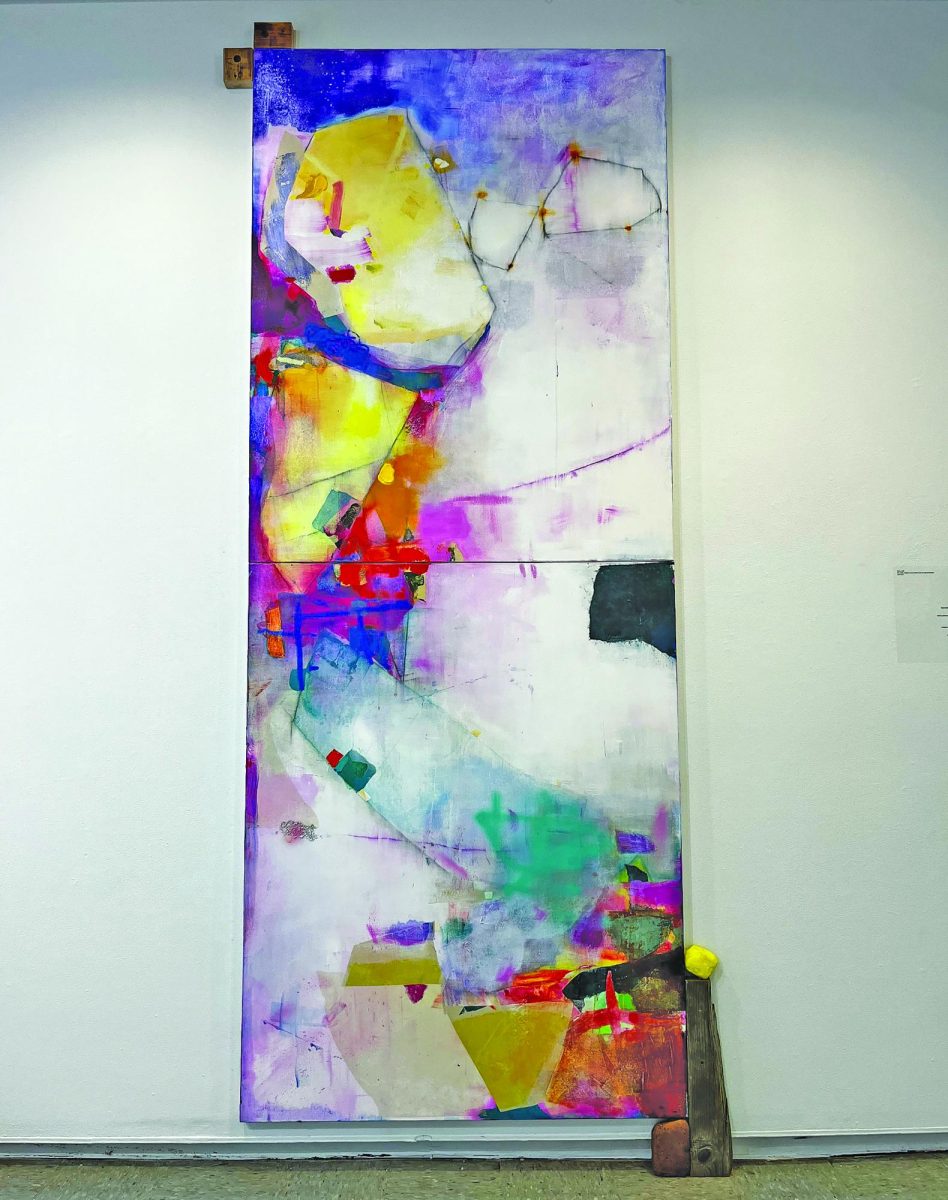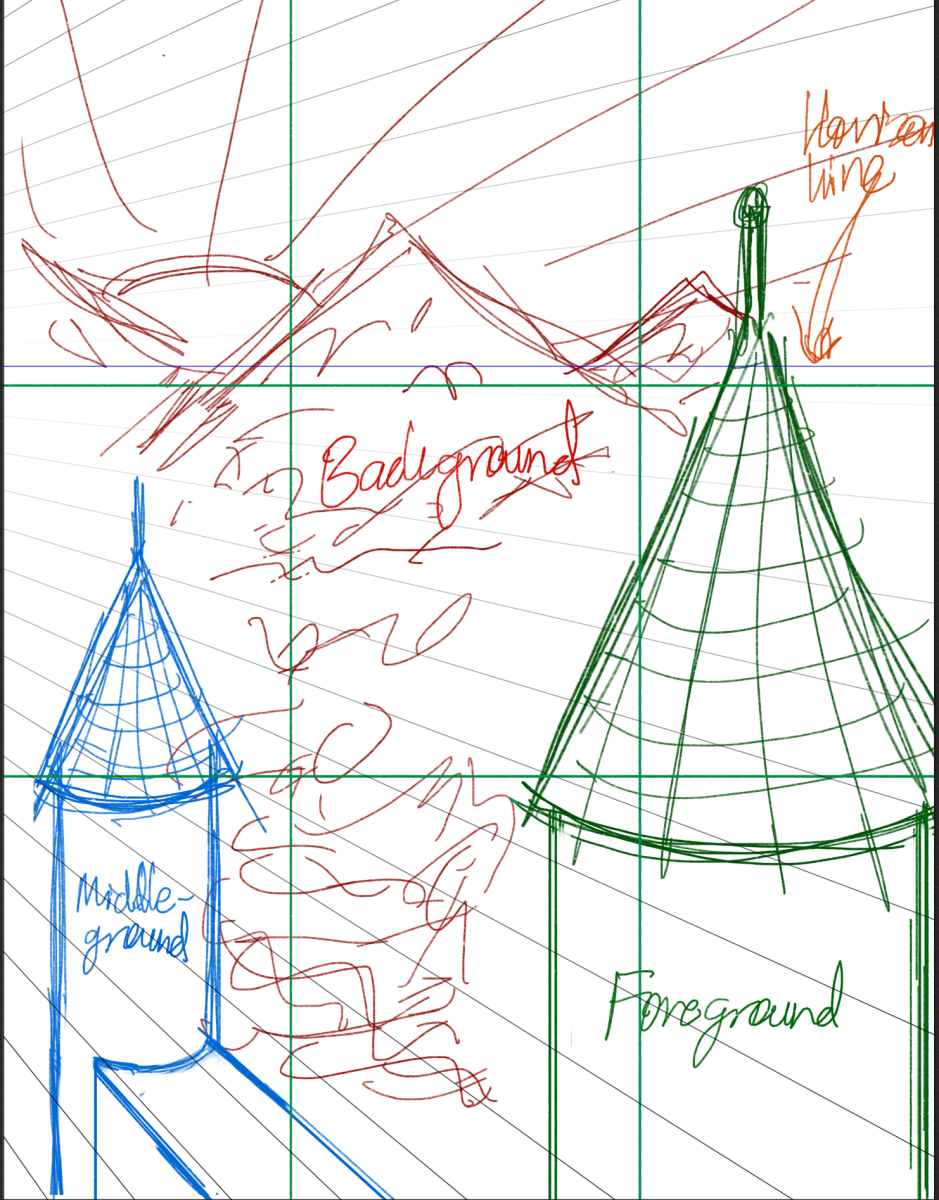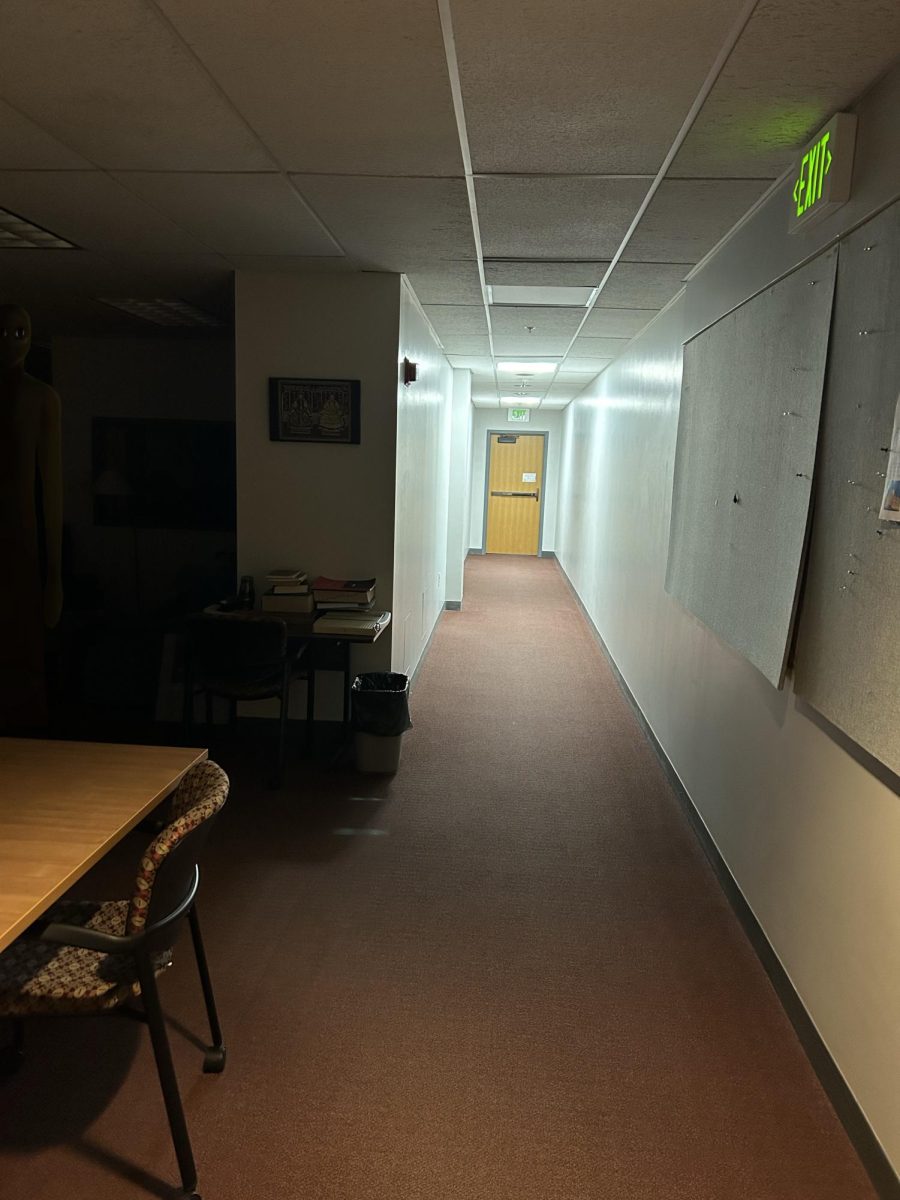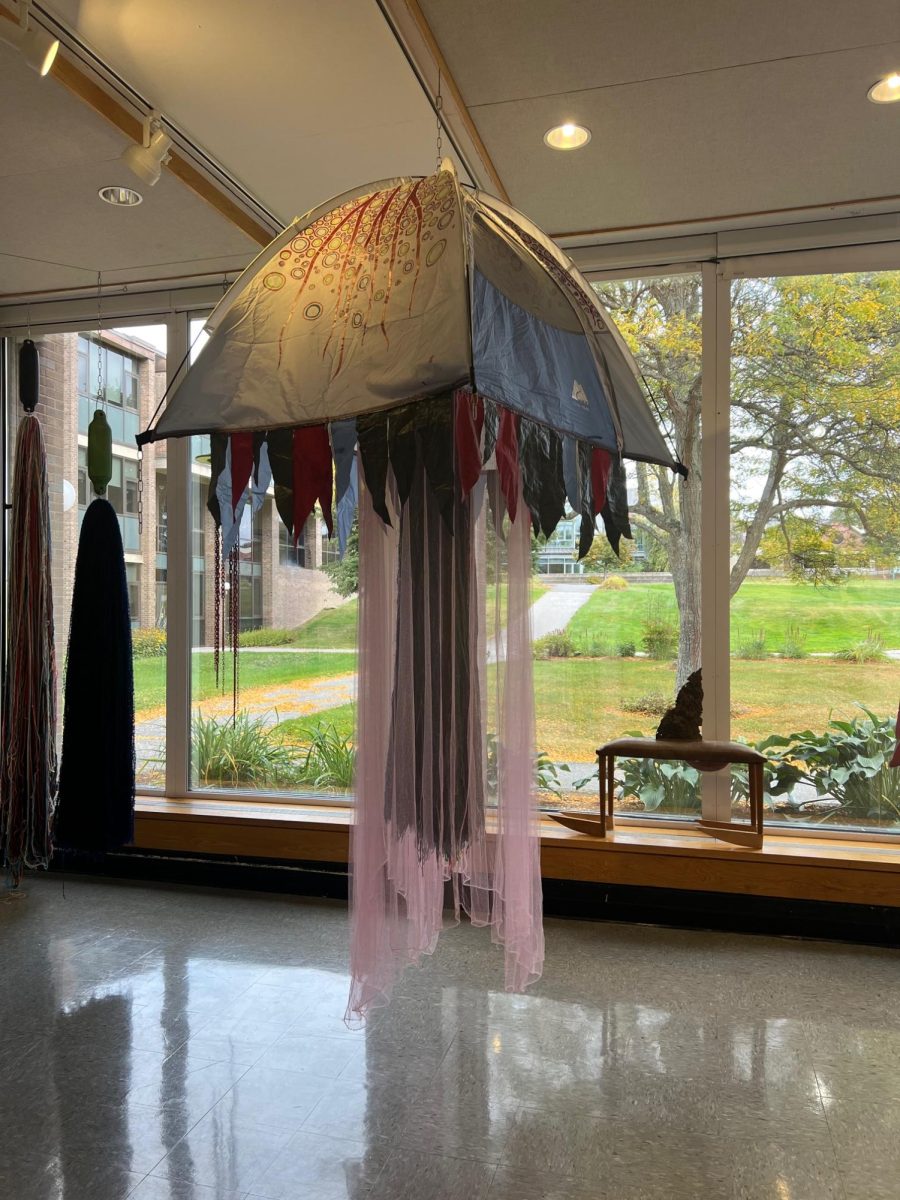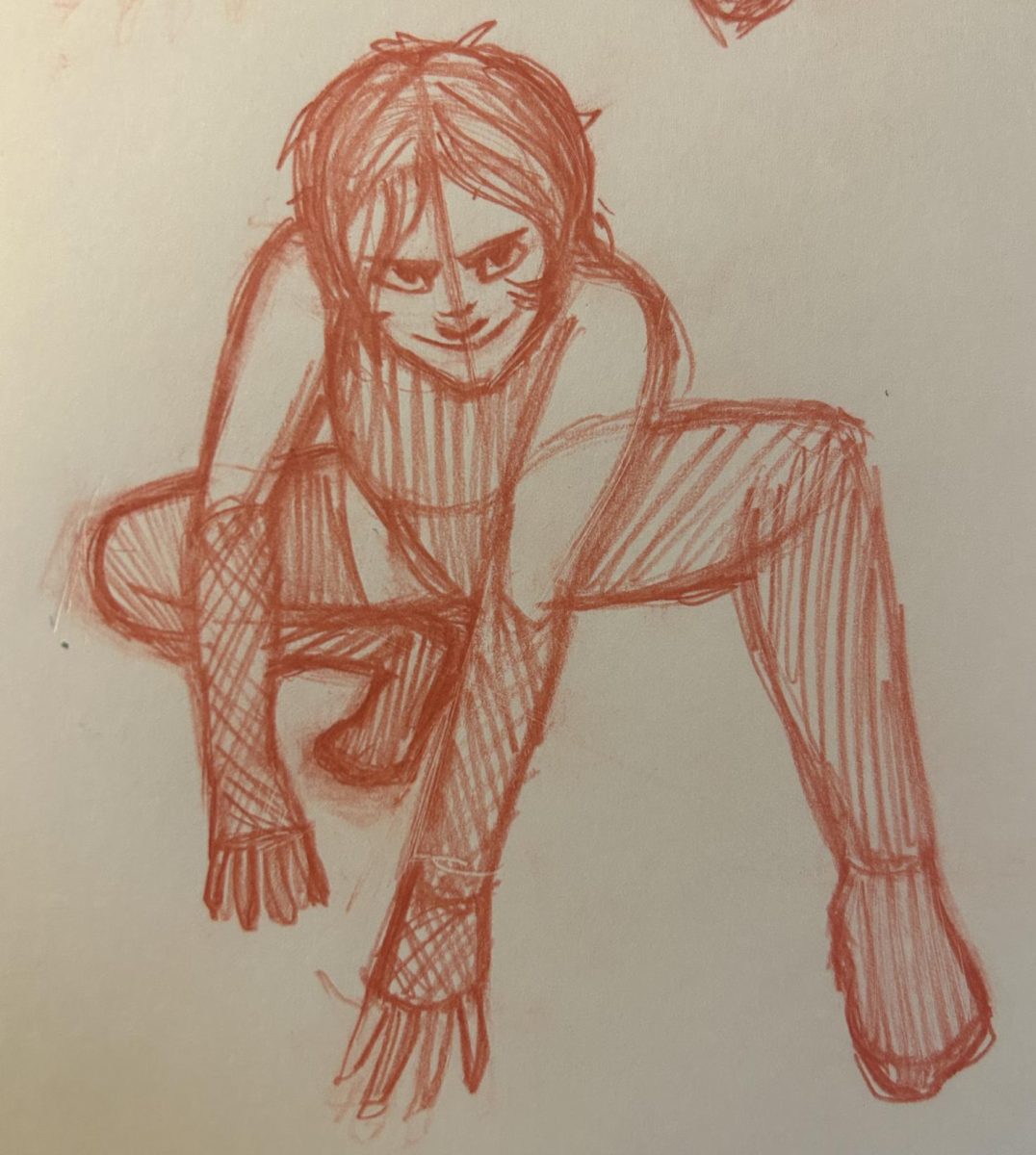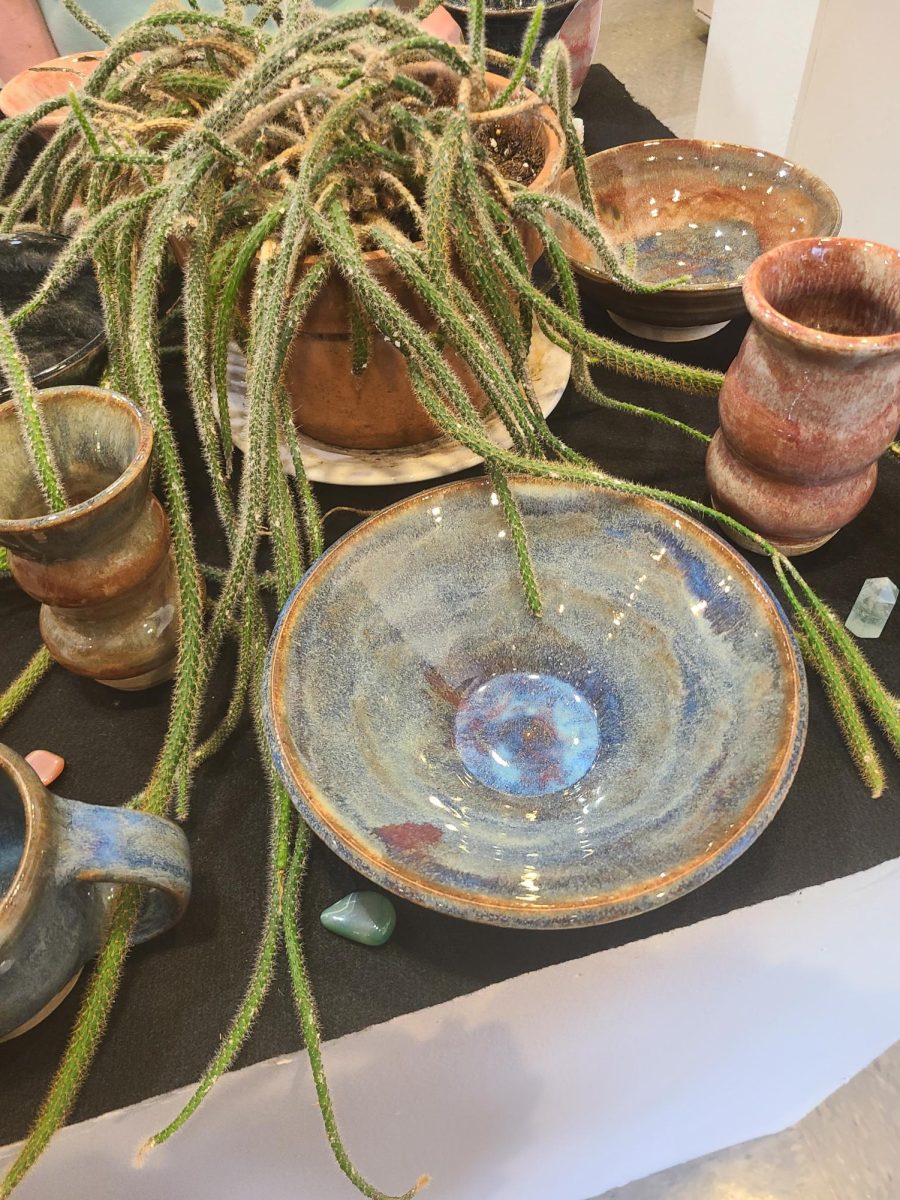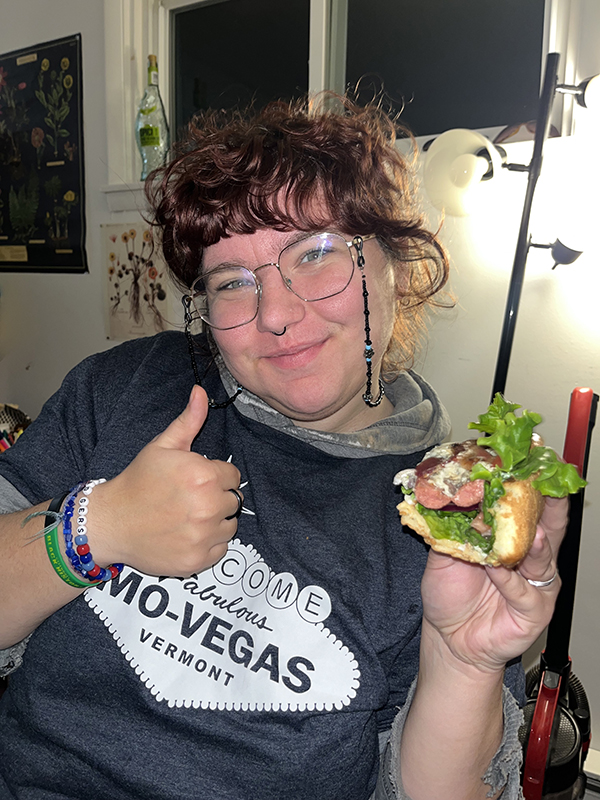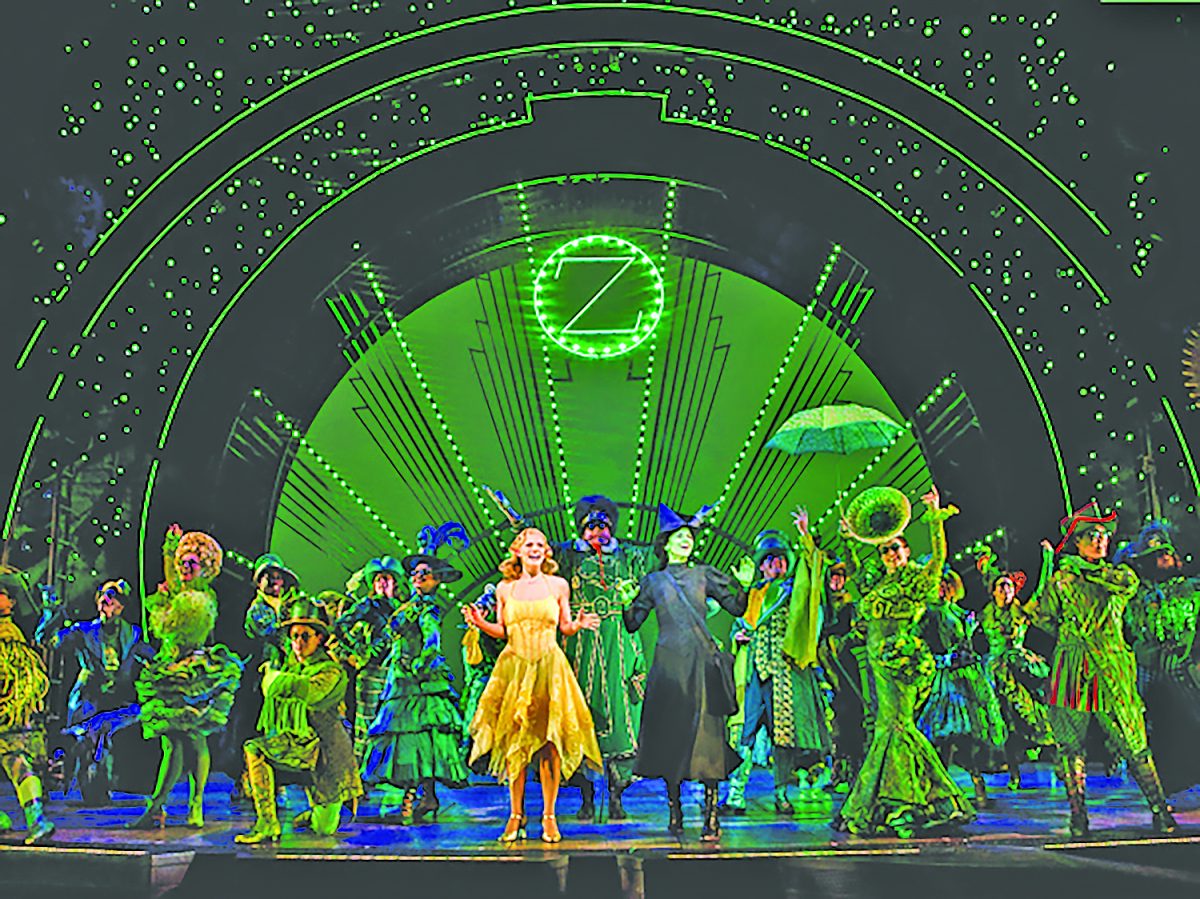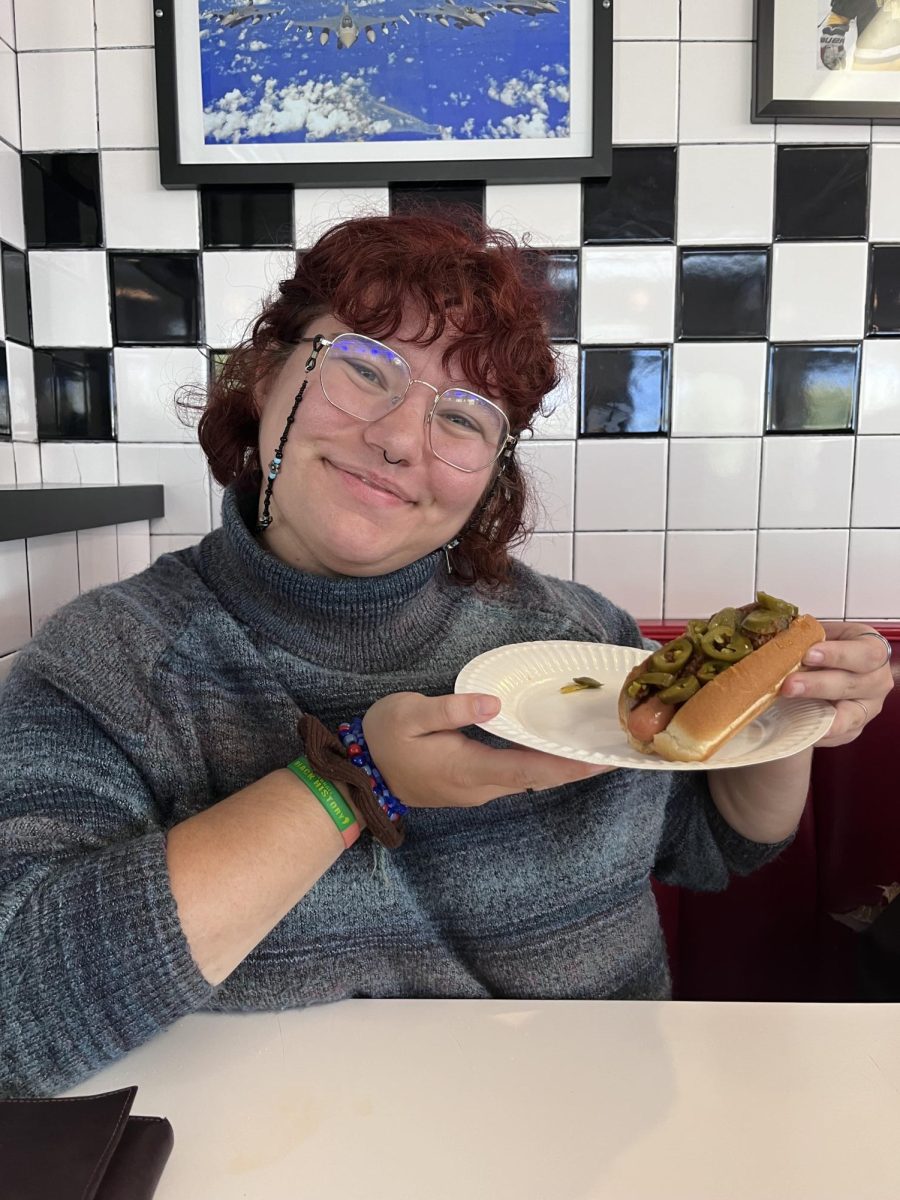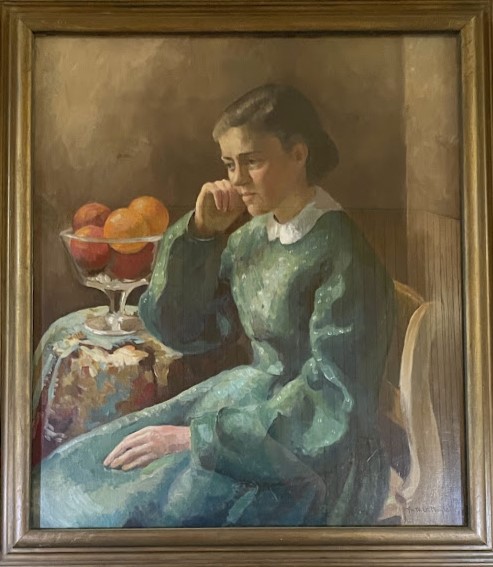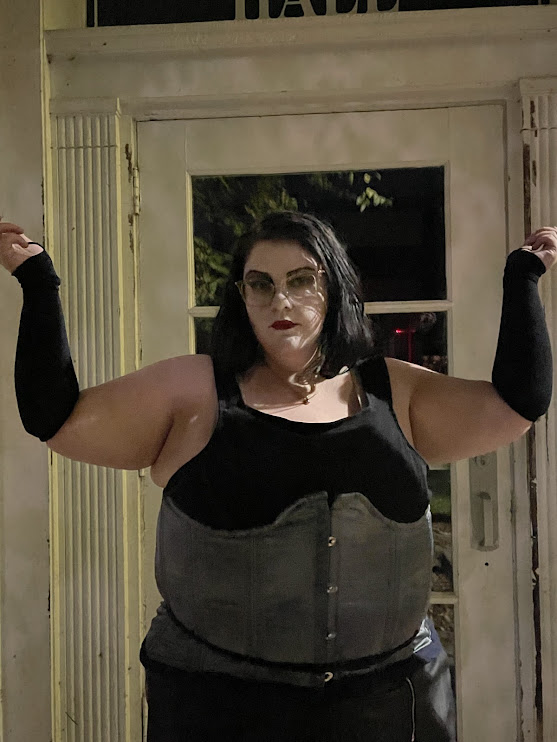On January 23, Michael Mahnke, a VTSU-Johnson Visual Arts professor, debuted his poignantly immersive exhibition known as Memory In Material. While on display at the Julian Scott Memorial Gallery, Mahnke’s collection consists of six pieces serving as a nod to his childhood upbringing, the “here and now” of his life, and his growing interest in the environment around him. Mahnke is also an art advisor for Seldom Scene Interiors, an interior design collective based in Stowe, and owner of The Studio Store, an art supply store based in Johnson.
The six featured pieces, titled Democracy, Through Which Smoke Traveled, Humble, Speaking to Atira, Outwardly/Inwardly, and Noble, were created through multiple media, including water-soluble graphite and artisan-based brick. According to Mahnke, most of the collection speaks to personal connections between the past and present. Self-referential commentaries related to this subject matter can especially be found in the labeled poems that accompany the pieces.
Let’s take the accompanying plaque for Noble, for example.
“Noble is virtue. Archetype. Blessed. Cold mornings before sunrise. Sunrise. Being superior to your former self. To stumble,” it reads.
When asked what made him want to become an artist, Mahnke acknowledged that it was a mixture between “inspiration and desperation.” He was born in Dodge, Nebraska, having cultivated a relationship with all of earth’s elements. But further into his time there, no ideas for future artwork came, and Mahnke felt stifled in his small town.
“For a young person whowas already interested in art, it wasn’t really the right fit for me,” said Mahnke.
After discussing his earlier lack of inspiration, the professor addressed that his conflict was equivalent to the common psychology of young artists. Because he never found people to have open discussions about art with, a young Mahnke saw Dodge as a “blank canvas.” One high school teacher was responsible for exposing Mahnke to the artistic craftsmanship he wanted to pursue, and expanding his perception on how art could be looked at. In Mahnke’s words, such artists are often pre-occupied with their minds in manners that are distinct from non-artists.
Prior to the opening date of Memory In Material, Mahnke was interested in “inviting the space in” for purposes of experimentation with the arrangement of his pieces.
“There’s an energy to the space that I feel is important to the way my work reveals itself,” Mahnke says.
Mahnke explained the importance of creating pieces that reflect on society in ways that will resonate with your audiences.
“If you’re not doing it from a place that has some kind of personal relationship to that information, then it doesn’t feel believable,” Mahnke says.
Outwardly/Inwardly is marked as one example of creating imagery that resonates with your audience through interpersonal means. The finished product consists of a small canvas as its “background” painted with a minuscule abstract watercolor design and framed thickly. Situated below is a small platform with a tiny birch tree as its focal centerpiece. For thematic context, Mahnke considers Outwardly/Inwardly as a reflection of one of his two daughters due to one of them being inward in their personality, and the other being extroverted.
When asked to explain any difficulties that kept him from sustaining his career, Mahnke considered living in New York City as an overstimulating experience.
“I was surrounded by opportunities, and influence, and artists who were showing, and galleries who were showing artists,” Mahnke says. “I think that was good and bad for me because, on some days, I would still be kind of the shy Nebraska kid that wasn’t sure of his place in the world.”
When it comes to sharing your talent in the city, it is easy to see whirlwinds of beautiful artwork surrounding your point of view. However, young artists are in simultaneous conflicts concerning whether they fit in with the environment around them. Mahnke also emphasizes the importance of remaining grounded when getting your name out in an urbanized environment.
“I hoped that people would think about the kind of memories that they have in the materials of their lives,” Mahnke says. “Whether it’s brick or stones that they held in their hands across the stream, or a piece of wood, something that tells a story.”
Mahnke orients his artwork toward his underlying theme of unity, as he wants gallery patrons to “feel something different” as they walk in. The materials used for his artwork are included as they add a poetic touch to some of Mahnke’s pieces, and a touch of re-enhanced realism to his bigger paintings.
Memory In Material is on display until February 23, with a featured artist talk at 4 p.m. on the closing date.
Categories:
The materials of life
Heike Chaney
•
February 20, 2024
Humble by Michael Mahnke
More to Discover
About the Contributor
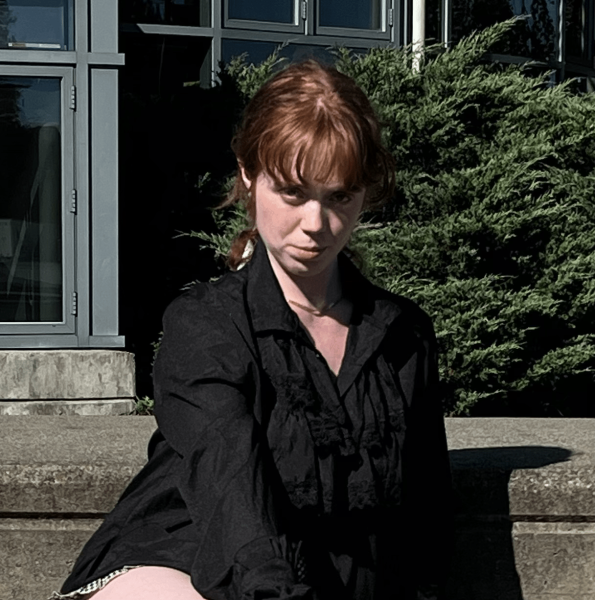
Heike Chaney, Staff Writer, Arts & Entertainment Editor
Senior, Interdisciplinary Studies (Music, Theatre & Human Connections)
Based in Hartford,
VT 2023-2025
-x-
I do theatre things sometimes… ;)


